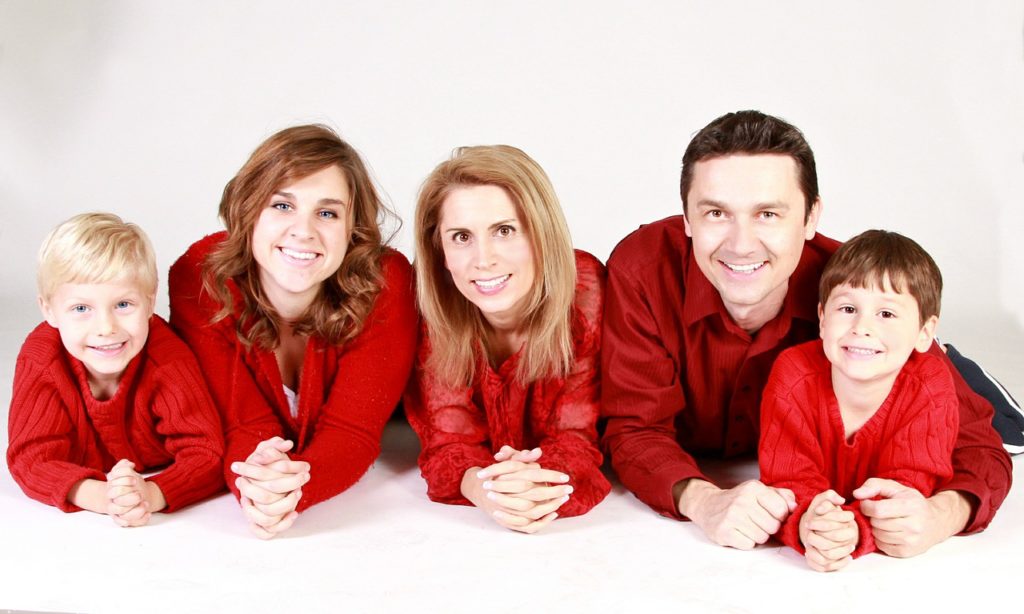There is a well-known relationship between income/education level and family size. The higher a woman’s income/education level, the fewer children she will have. This has held true for quite a while: until now.

According to the US Census, in the last three decades, the negative correlation between a woman’s income/education level and number of children has reversed. Women in families in the top half of the income spectrum are having more kids than their similar-earning counterparts did 20 years ago. Women from the very richest households are now having more children than those less well-off. Less than 28% of 40- to 45-year-old women in a household in any income bracket below $500,000 per year have three or more children, according to data from the 2011-2015 US Census, while 31.3% of families earning more than $500,000 do.
The previously negative correlation between income level and family size was a bit puzzling at first. Having a lot of money affords wealthy families the ability to have paid help in terms of things like childcare and housekeeping. It also allows for bigger houses, better schooling, and a variety of other expensive benefits that improve the lives of large families. So why would higher income levels lead to fewer children?

A deeper look at the data, summarized in a publication for the Centre for Economic Policy Research, found that it all came down to opportunity cost. The more education and income a woman has, the higher the opportunity costs of having a child. Basically, women realized they would lose a lot economically if they cut back on work to spend more time with their growing family, so they had fewer kids but invested heavily in those they had. They saw that having a large family would detract from their work life. They couldn’t have both.
Now, however, wealthy people’s incomes are rising rapidly– much faster than poor people’s– and this is making it easier for wealthy women to have more. “When inequality grows, people who have higher incomes can afford to hire people with lower incomes more easily,” said David Weiss, an economics lecturer at Tel Aviv University and a co-author of the paper. US families in the top 25% of the income distribution have spent drastically more on childcare since 1990, while those in the bottom quarter were generally priced out of the childcare market.

Along with this, children are viewed quite differently now than they were decades ago. Previously, women had children so they could help the family. Kids helped around the house and, in some ways, improved a family’s financial situation. And if you were a working mother, you were expected to keep home and work completely separate. Now, children are viewed as a status symbol. If you are successful in terms of income, but you don’t have a family, something is wrong. But if you are wealthy and have a large family, you truly “have it all.” Wealthy working mothers can use their income to pay for childcare and household help. This paid help allows them to maintain their status in both the “working world” and the “parent world”. And if you are a wealthy working mother, such as former Yahoo CEO Marissa Mayer, you can just install a nursery in your office and have a work-life balance that so many women strive for.
Wealthy women have more options in terms of having a career and a family than ever before. So instead of higher income and education levels leading to fewer children, the exact opposite is happening. And until the disparity between the wealthy and the poor is reduced, until the inequality between high- and low-income women is lessened, the only women with the freedom to “have it all” will be those who already have a lot.
By: Cianna Allen

